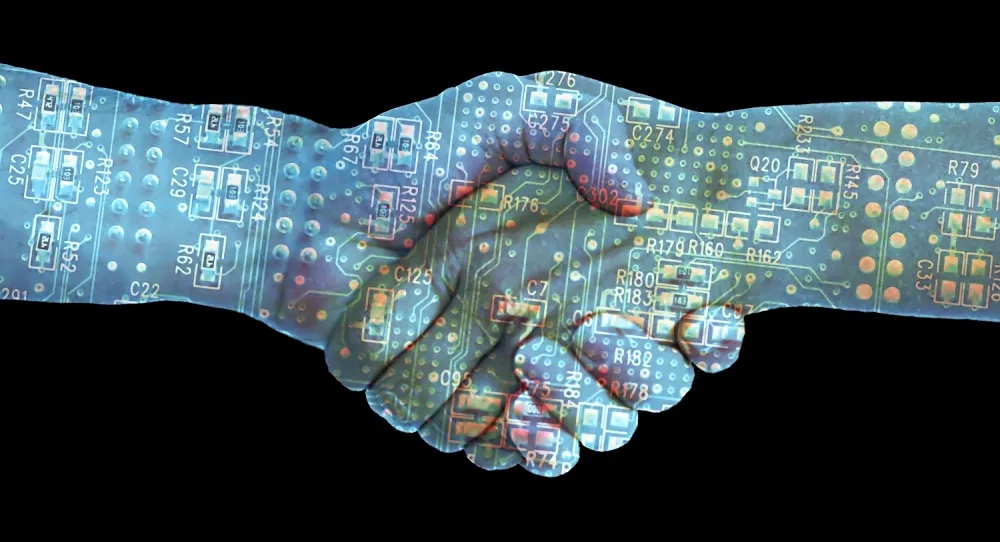
If someone told you that the technology underpinning the cryptocurrency Bitcoin will likely revolutionize much of the way we do business in the next ten years, you might shrug it off. I would like to tell you it’s just the beginning, and that it might also revolutionize Naval Additive Manufacturing, finance, and logistics writ large, and that’s only scratching the surface.
Blockchain quite simply is a “distributed database” shared through peer to peer connections in such a way that each block is a unique record that gets added to the end of the “chain.” The records are permanent and are unable to be modified. This bond creates trust between all the members of the chain and removes the need for third party mediators to handle transactions, or any other transfer of information. This “immutable trust” allows for the removal of members not providing value (formerly used as middle-men or brokers) and allows two or more parties to conduct transactions with complete trust. If you can imagine any transaction in your life that depended on trust between you and someone you did not know, you will immediately see the value in Blockchain.

When looking for a test bed for this technology, it quickly became clear that Naval Additive Manufacturing was a perfect match. The ability to secure and securely share data throughout the manufacturing process (from design, prototyping, testing, production, and ultimately disposal) is critical to Additive Manufacturing and will form the foundation for future advanced manufacturing initiatives.
These efforts are pushing the production of critical pieces of gear and equipment closer and closer to deployed forces. While this change is greatly helping our material readiness, it creates the potential for vulnerabilities and makes the need for a cryptographically secure, traceable, immutable, and controllable data flow of utmost importance.To put it plainly, when it comes to Additive Manufacturing, it’s all about the data, the “Digital Thread.”
